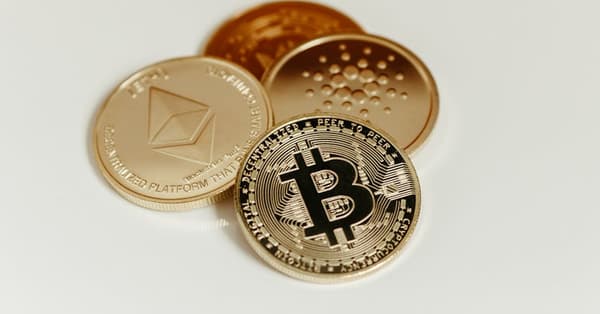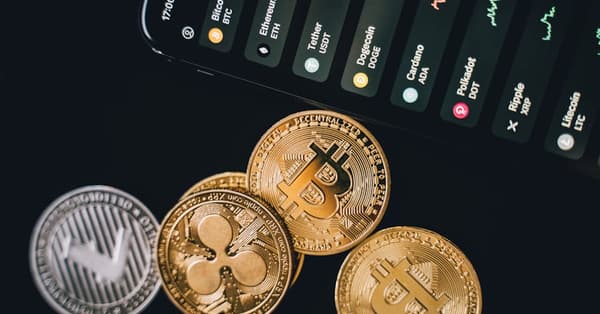Mastering Meme Coins in a Bear Market: Essential Tips
Feeling cautious in this bear market? Discover proven strategies for meme coin trading on Solana and BSC to navigate these turbulent times.
As the crypto market grapples with bearish sentiments, Bitcoin's recent plunge has sent shockwaves through the community, leaving many traders feeling a heightened sense of caution. With Bitcoin losing almost 28% of its value in November alone, you might be asking yourself: what does this mean for the meme coin sector, especially on platforms like Solana and BSC?
In this comprehensive analysis, we’ll dive deep into the current market dynamics, focusing on meme coins and the actionable trading strategies you can implement in this volatile environment. Whether you're a seasoned trader or just stepping into the crypto space, these insights and strategies will help you navigate this challenging landscape with confidence.
Bitcoin is often viewed as the market leader, influencing the performance of other cryptocurrencies. In light of its downturn, we’re witnessing fluctuations in meme coins' prices, with many mimicking Bitcoin's movements closely. For instance, during a significant Bitcoin drop, meme coins like BONK and PEPE have experienced drastic sentiment shifts, resulting in notable volatility in their trading volumes.

🎯 KEY INSIGHT
Currently, BONK's market cap stands at $3.5 million, while PEPE maintains a robust position with a market cap of $2.1 million. Trading volumes have surged by over 150% in the past week alone.

The meme coin sector is riding a wave of both hype and skepticism. In particular, BONK has shown resilience, with its price action creating opportunities for traders seeking short-term gains amidst the general market uncertainty.
On-chain metrics reveal that while some investors are succumbing to fear, others are strategically accumulating these assets. The Fear and Greed Index currently indicates a predominant fear sentiment at 20. However, the uptick in whale transactions hints at potential accumulation—definitely something to keep an eye on!

Market capitalization and liquidity are vital indicators of a meme coin's viability. A higher market cap typically suggests greater stability, while liquidity ensures you can enter and exit positions without facing significant price impacts. For instance, a meme coin with a market cap below $1 million may be subject to manipulation, which can pose risks to investors like you.
💡 PRO TIP: Always check the social sentiment surrounding a coin before making a move. Engage with the community [link: social sentiment analysis] to get a feel for the buzz!

As you navigate these uncertain waters, remember that staying informed and adaptable is key. The meme coin landscape may be unpredictable, but with the right strategies, you can still find opportunities even in a bear market.
Tags:
Ready to Make Profitable Crypto Calls?
Check out our proven track record on the leaderboard
View Leaderboard →Related Posts
Navigating Crypto Volatility: What Traders Need to Know
The crypto market is in turmoil! Discover how to navigate the recent drops and the rise of meme coins in Solana and BSC. Let's dive in!
Navigating the Meme Coin Market: Opportunities and Risks
Dive into the latest trends in meme coins like BONK and WIF. Explore how to navigate this volatile market and seize potential trading opportunities.
Navigating the Wild World of Meme Coins in Crypto
The crypto market is unpredictable right now. Dive into the latest trends with meme coins and insights on Robert Kiyosaki's recent Bitcoin move.
The Rise of Meme Coins: Opportunities and Risks
Dive into the booming meme coin market as we explore its $15 billion surge and the latest scrutiny from authorities. Are you ready to invest?
Ethereum Whales and Their Impact on Meme Coins in 2023
Curious about Ethereum's whale activity? Discover how $241 million in accumulation could reshape the future of meme coins on Solana and BSC!
Why Meme Coins Are Booming on Solana and BSC
The recent surge in meme coin trading volume is hard to ignore. Discover what’s driving this trend and how macroeconomic factors play a role.